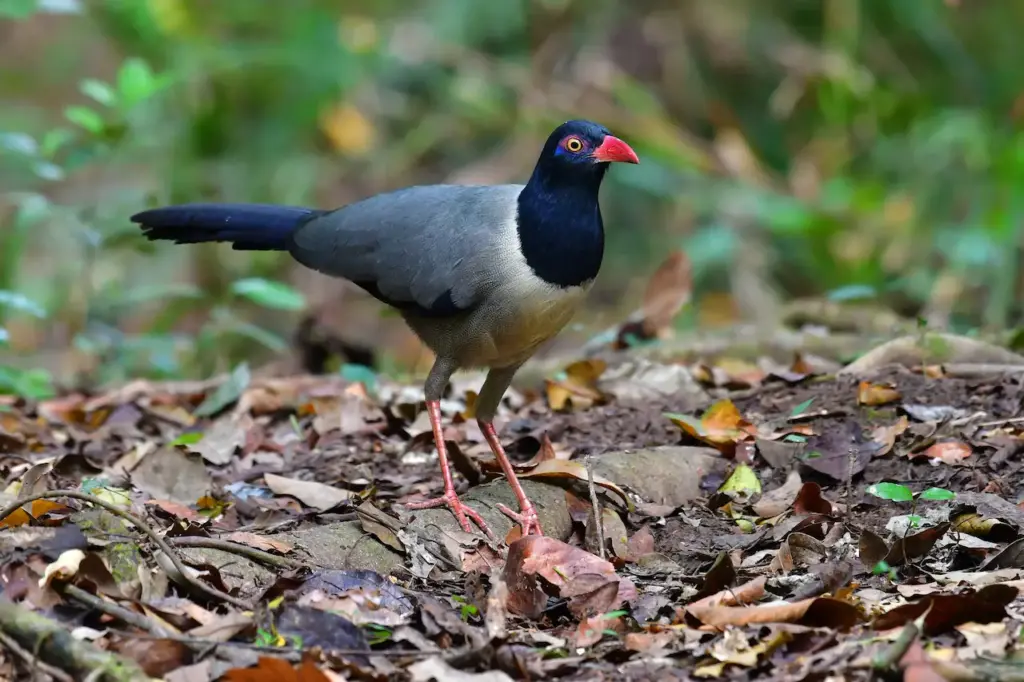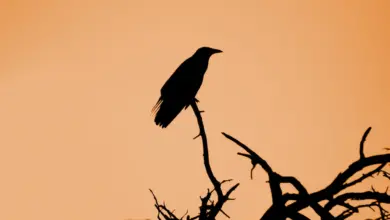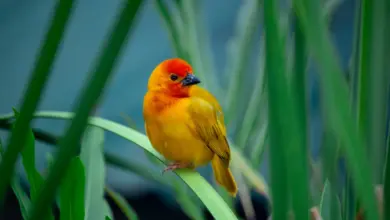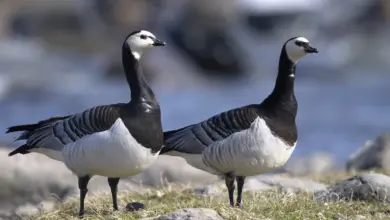Coral-billed Ground-cuckoo (Carpococcyx renauldi)
The Coral-billed Ground-cuckoo (Carpococcyx renauldi) is a species of cuckoo endemic to Cambodia, Laos, Thailand, and Vietnam, where it is found in subtropical or tropical moist lowland forest areas.

KINGDOM: Animalia
PHYLUM: Chordata
CLASS: Aves
ORDER: Cuculiformes
FAMILY: Cuculidae
GENUS: Carpococcyx
SPECIES: Carpococcyx renauldi
It is found in a href=”https://en.wikipedia.org/wiki/Cambodia” title=”Cambodia”>Cambodia/a>, a href=”https://en.wikipedia.org/wiki/Laos” title=”Laos”,>Laos/a>, &amps#amps#amps#amps#amps#amps#amps#amp It can be found in Cambodia Laos Thailand and Vietnam. The species is believed to be declining and is limited to scattered fragments in intact forests.
Its native habitat is tropical lowland forest. The English name is derived from its coral red bill that distinguishes it among the other two members of the genus Carpococcyx.
The ground-dwelling pheasant is a elusive bird that can be remarkably beautiful when seen under good lighting. It has a bluish-gray coloration above and tan below. It has contrasting blue-green feathers, rooster-like legs and wing tips, and paired with fawn-colored eyes. It is often difficult to spot despite its size. It feeds on the ground or near it in lowland forests and foothill forest. The male gives a haunting, long whistle, which is sonorous and rises in the middle, then falls at the end.
Identification
The terrestrial cuckoo is a large bird with a blackish tail and hood, and coral-pink legs and bill.
The primary feathers are also blackish but they are rarely seen as the bird is seldom seen in flight. The rest of its plumage is mostly gray with gradual transitions along the length of the bird: white at the base or the hood and then darker gray towards the tail.
The patch of skin that is bare around the eye has a subtle bicolor: dark blue or violet above the eye and pink below. Sometimes the hood or tail have a violet-blue sheen.
The pattern of the immatures is similar to that of adults, except they are brownish rather than blackish and grey.





